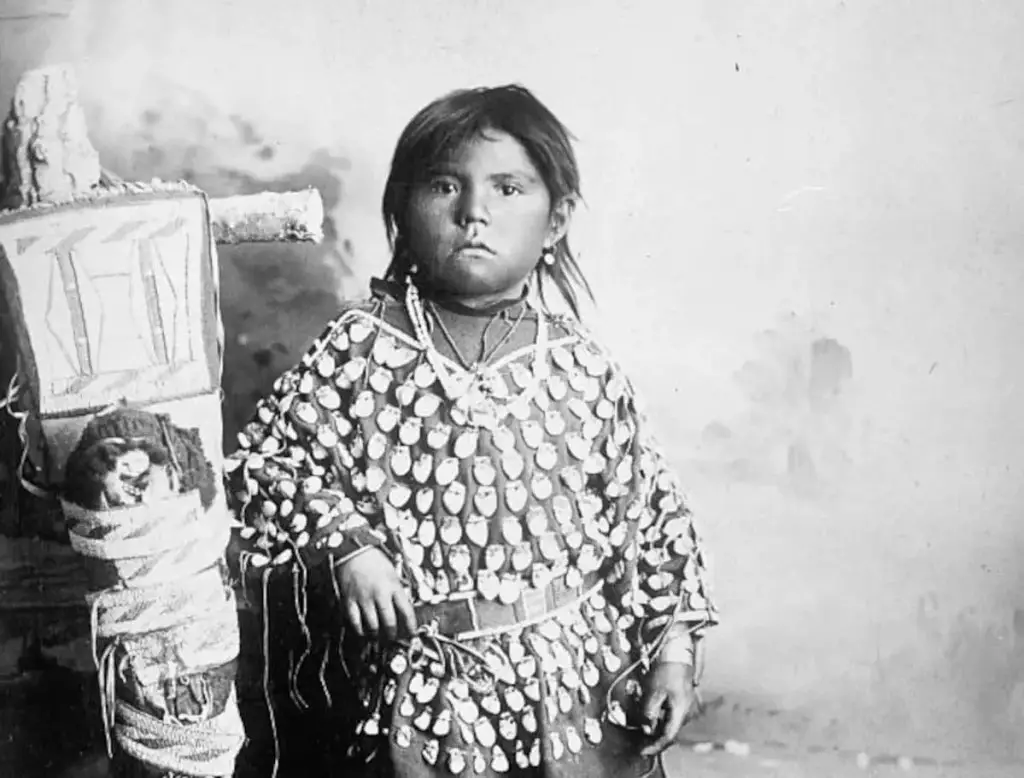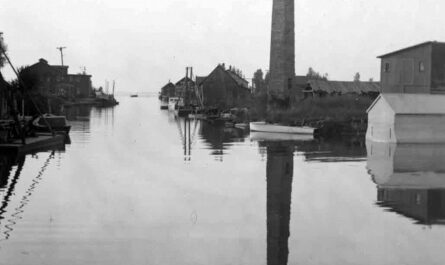Thirteen years ago, President Barack Obama signed a resolution designating the Friday after Thanksgiving as “Native American Heritage Day.” The resolution had unanimous support in the Senate and U.S. House of Representatives. The resolution capped the bill President George W. Bush signed into law introduced by Congressman Joe Baca (D-Calif.) to designate the Friday after Thanksgiving as Native American Heritage Day.
President Obama stated, “I encourage every American to join me in observing Native American Heritage Day … It is also important for all of us to understand the rich culture, tradition, and history of Native Americans and their status today and to appreciate the contributions that First Americans have made and will continue to make to our Nation.”
Issues with Native American Heritage Day
However, the holiday was only formally supported by 184 out of 567 federally recognized tribes. Some tribal leaders did not want the holiday occurring on the same day as the notoriously commercial Black Friday.
The purpose of the holiday is to honor the heritage, culture of American Indians, Alaska Natives, and Native Hawaiian peoples. Over 5 million native Americans are living in 37 states. Only two states have formally recognized the holiday; Maryland and Washington.
Issues Confronting Native Americans

Over the past year, there has been increasing awareness of the long-lasting effects of Canadian and American government policy of running Indian Boarding Schools. Native American children from around Michigan and those from Minnesota, Wisconsin, and New York attended the Mount Pleasant Indian Industrial Boarding School. The campus included 37 buildings on 320 acres of land, with an average enrolment of 300 American Indian children in grades K-8 every year. From 1893 through 1934, the school was in operation.
Indian Boarding Schools were specifically designed to eradicate American Indian cultures, languages, and spirituality. Once enrolled, students had to accept the white culture, speak only English, and adopt and practice Christianity.
The U.S. government has yet to recognize its participation in the operation of American Indian boarding schools. However, American Indian groups and organizations are spearheading the “Journey for Forgiveness.” Over the last ten years, “Journey for Forgiveness” marches have been held at each former American Indian boarding school to raise awareness and begin the process of healing American Indian people, families, and communities affected by the boarding school era.
The National Day of Remembrance for Indian Boarding Schools, also known as Orange Shirt Day, was held on September 30, 2021. It commemorates survivors and honors those who did not return home.
Related Reading Native American Heritage Day
- 6 Lies and Half-Truths about Great Lakes Water Use – The blogosphere and news sites have been bristling that former President of the United States, Barack Obama allowed water from the Great Lakes region to be pumped and sold to China. It’s a Lie.
- 12 Native American Indian Trails in Michigan – For thousands of years, Native American Indian trails crisscrossed Michigan on a system of trails that were in tune with the land and so perfectly placed that the routes are still in use today by our highways and state roads.
- Garfield Inn, Pioneer Elegance in the North – The name of the “Garfield Inn” is really a misnomer. The 20th President of the United States, James Garfield, did not build or own the landmark 1850s Inn in Port Austin Michigan. But he was a rather frequent visitor.
- 8 Famous People From Michigan – Born, or Summered in Huron County – An amazing number of notable individuals have come from, summered, or lived their lives in Huron County. From the frontier and lumbering days through the New Deal, Huron County has been the home of many famous and notable individuals.
- The Meandering Michigan Shiawassee Trail – This is another series of converging Native American trails in Michigan that roughly ran parallel to the famous Saginaw trail. An 1825 map of Michigan clearly details this minor trail. Starting near Detroit west of Fort Shelby and the Côté des Pays




